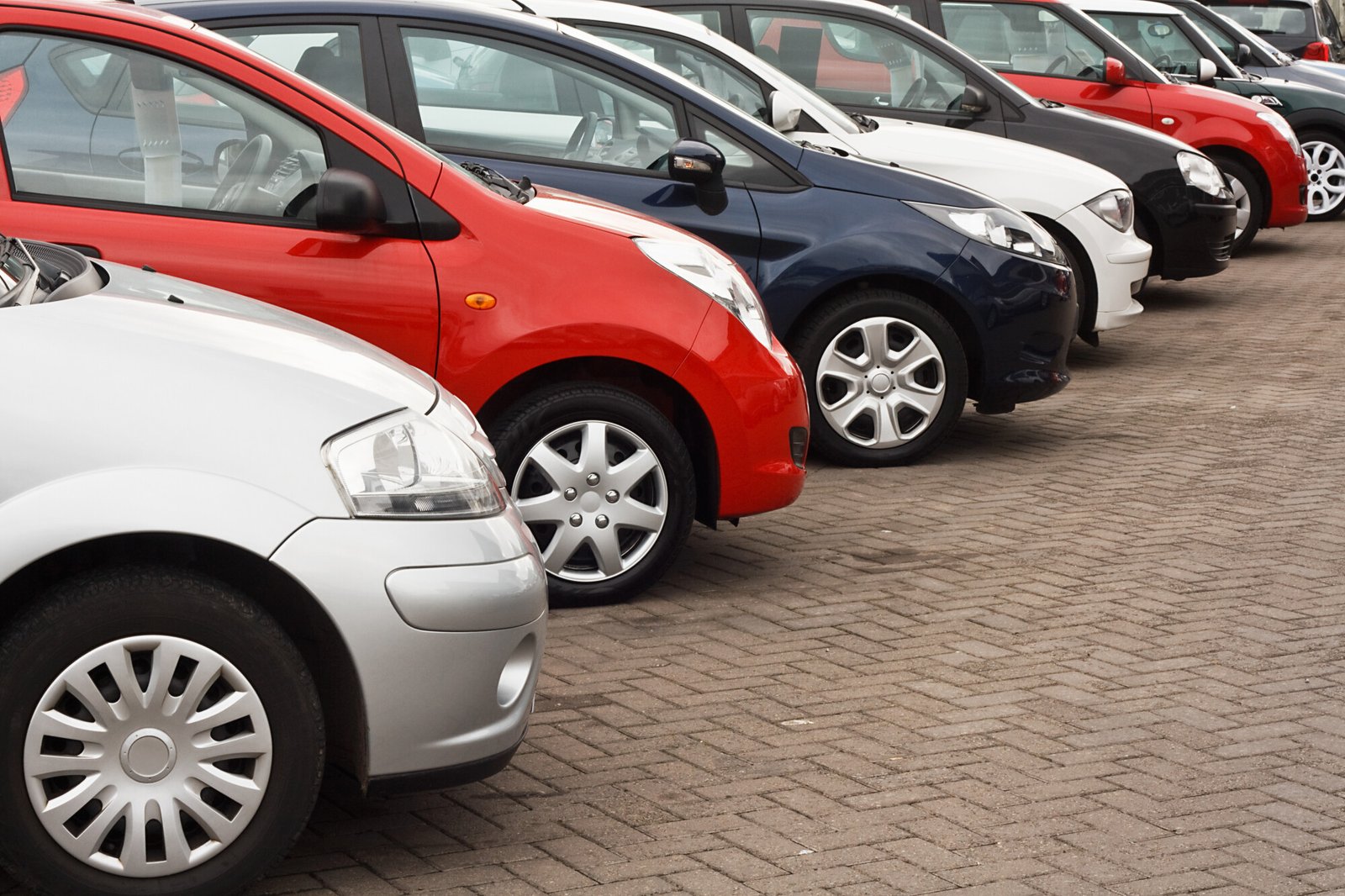
When you are thinking of selling a car, it can be difficult to determine a fair price for it. The price of your car depends on many factors, and you don’t want to leave money on the table when you sell it.
Prepping your car for sale includes a variety of things, including setting a fair price. In this guide, we will talk about how to price a car and getting a ballpark figure for a future sale and vehicle valuation.
The most common methods of sale for a car are private sales, trade-ins, and car dealerships. For a private sale, the seller should research the market, including similar cars for sale in the area to determine the going rate.
If trading-in the car, the seller should check the wholesale and retail prices to understand the difference. If using a car dealership, the seller should understand any fees that may be associated with the sale.
Once a method of sale is determined, the seller will have an estimate of what the car will be worth and can price it accordingly. This can help avoid any financial surprises down the road and ensure the seller is getting the best price for their car.
It is best to research both the general car market and other cars of the same make, model, year, and condition as the car you are looking to sell.
Research prices at dealerships, online, in classified ads, and other sources like Kelley blue book car values to see what price a car like yours may be selling for. This will give you a ballpark figure for your vehicle and make it easier to come up with a price when you are ready to list and sell.
To get an even better idea of what your car might be worth, you can look at its history and maintenance records. Doing this can help give you an even better idea of a competitive selling price.
Utilizing online resources to calculate the current value of the car is a great place to start. Looking at factors such as make, model, year, and mileage can help accurately determine the approximate value of the vehicle.
Additionally, researching similar cars for sale in the area can help identify a competitive price point. For maximum accuracy, looking into manuals, inspection reports, and other industry-relevant sources of data can help refine the figure.
Collectively, this can give you a ballpark figure of the vehicle’s value, allowing you to make an informed decision on the price when the time comes to sell the car.
When pricing a car for a future sale, potential issues with the car should be considered. It is important to look at any faults that the car may have, such as a worn brake pad, oil leaks, or a noisy engine.
If possible, these repairs should be carried out so that they do not impact the value of the vehicle. The overall condition of the car should be taken into account, such as age, mileage, dents, scratches, or mechanical issues.
If you’re getting a ballpark figure for a car you’re planning to sell in the future, it’s important to factor in any potential restoration costs or additional modifications you plan to make.
Start by getting an approximate figure of the value based on the make, model, and age of the car. Then research the average cost of the materials you anticipate needing, such as paint, tires, or windows, and add that to your figure.
If you plan to modify the car, look into what parts and labor prices would be. When you’re done, you’ll have a good idea of the amount of money you might expect to get when you eventually sell the car.
Don’t forget to incorporate any potential additional costs for time and labor, as well as any other fees you may face, such as licensing and registration. This way, you can arrive at a figure closely aligned with the actual value of your vehicle.
When pricing your car to get a ballpark figure for a future sale, it can be beneficial to consider the advantages of selling to a private party versus a trade-in.
When trading a car to a dealership, the value of the car is often lower due to the dealership having to recondition the car to meet their industry standards and profit from the transaction.
Selling privately, on the other hand, allows you to bypass this process and get closer to the actual value your car is worth. Gather information from local auto dealerships and sales websites to identify the average market value of your car, and use this to create a basis for your price.
Then, select features to highlight that your car possesses in order to increase its appeal, and add a small percentage to the price to create your final offer. This will provide you with a fair and reasonable offer for anyone considering purchasing your car.
In conclusion, when you price a car, it is more than just about getting the most money for it. You also have to research your options to get the most accurate estimate.
Doing your homework before setting a price ensures the best chance of making a profitable sale. Start researching now and find out what your car is really worth today.
Did you find this article helpful in any way? Check out the rest of our blog for more related content.